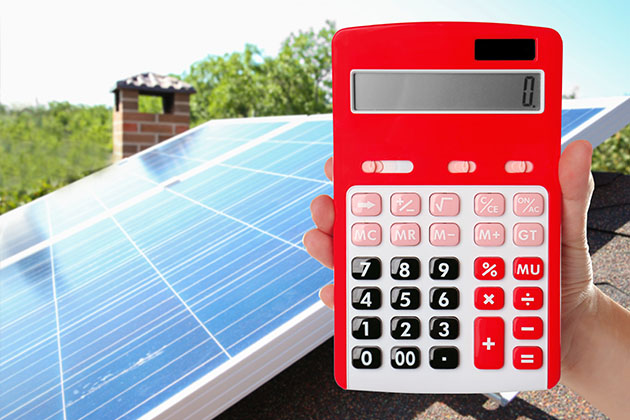Scientists from MIT have sensitized existing silicon saulės cells by singlet exciton fission method. This can increase efficiency of saulės cells from 18 percent to as high as 35 percent thus doubling energy output thereby reducing costs of solar technology.
Tampa būtina sumažinti mūsų priklausomybę nuo iškastinio kuro ir kurti technologijas tvariai ateičiai. Saulės energija yra atsinaujinantis šaltinis energija kur Saulės light is converted into electrical energy. Saulės elementai are most commonly made of silicon which uses photovoltaic process to transform saulės šviesa into electricity. Tandem cells are also being designed which generally include perovskites cells where every section of the saulės cells can harness Saulės energy from its varied spectrum and thus have higher efficiency. Solar cells available today are limited by their efficiency which is just 15-22 percent.
Tyrimas, paskelbtas liepos 3 d Gamta parodė, kaip silicio saulės cell efficiencies could be raised to as high as 35 percent by applying an effect called singlet exciton fission. In this effect a single particle of light (photon) can generate two electron-hole pairs as opposed to only one. Single exciton fission is seen in many materials since its discovery in the 1970s. The current study aimed to translate this effect for the first time into a viable saulės ląstelė.
Researchers transferred single exciton fission effect from tetracene – a known material which exhibits it – into crystalline silicon. This material tetracene is a hydrocarbon organinis semiconductor. The transfer was achieved by placing an additional thin layer of hafnium oxynitride (8 angstrom) between excitonic tetracene layer and silicon saulės cell and coupling them.
This tiny hafnium oxynitride layer acted as a bridge and made possible the generation of high energy photons in the tetracene layer which then triggered release of two electrons in the silicon cell as opposed to the usual one. This sensitization of silicon saulės cell reduced thermalization losses and enabled better sensitivity to light. The energy output of the saulės cells doubled as more output was generated from green and blue parts of the spectrum. This can enhance the efficiency of saulės cells to as high as 35 percent. The technology differs from the tandem solar cells as it just adds more current to the silicon without adding additional cells.
Dabartinis tyrimas parodė improvizuotus vieno dalijimosi silicio saulės elementus, kurie gali padidinti efektyvumą ir taip sumažinti bendras saulės energijos gamybos sąnaudas.
***
{Galite perskaityti pradinį tyrimo dokumentą spustelėję toliau pateiktą DOI nuorodą cituojamų šaltinių sąraše}
Šaltiniai)
Einzinger, M. ir kt. 2019. Silicio jautrinimas tetraceno eksitono dalijimosi būdu. Gamta. 571. https://doi.org/10.1038/s41586-019-1339-4






































